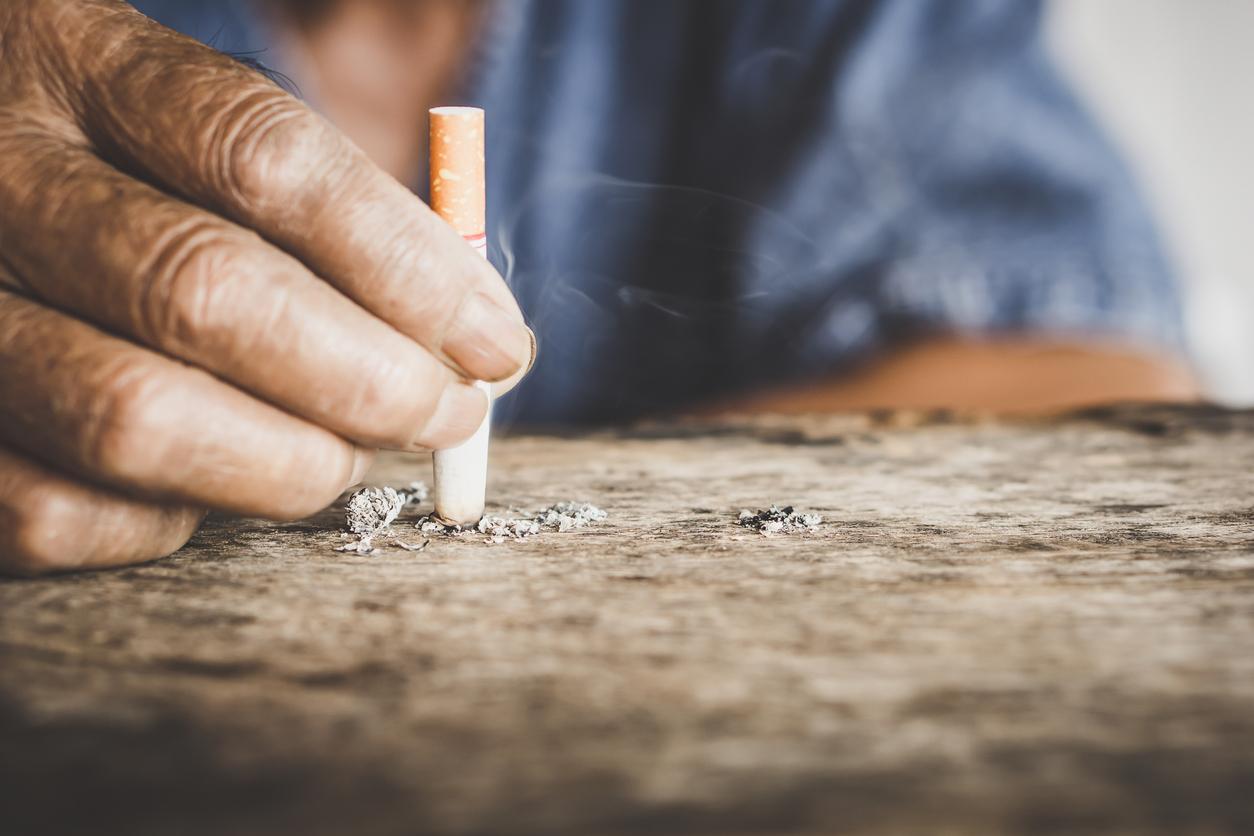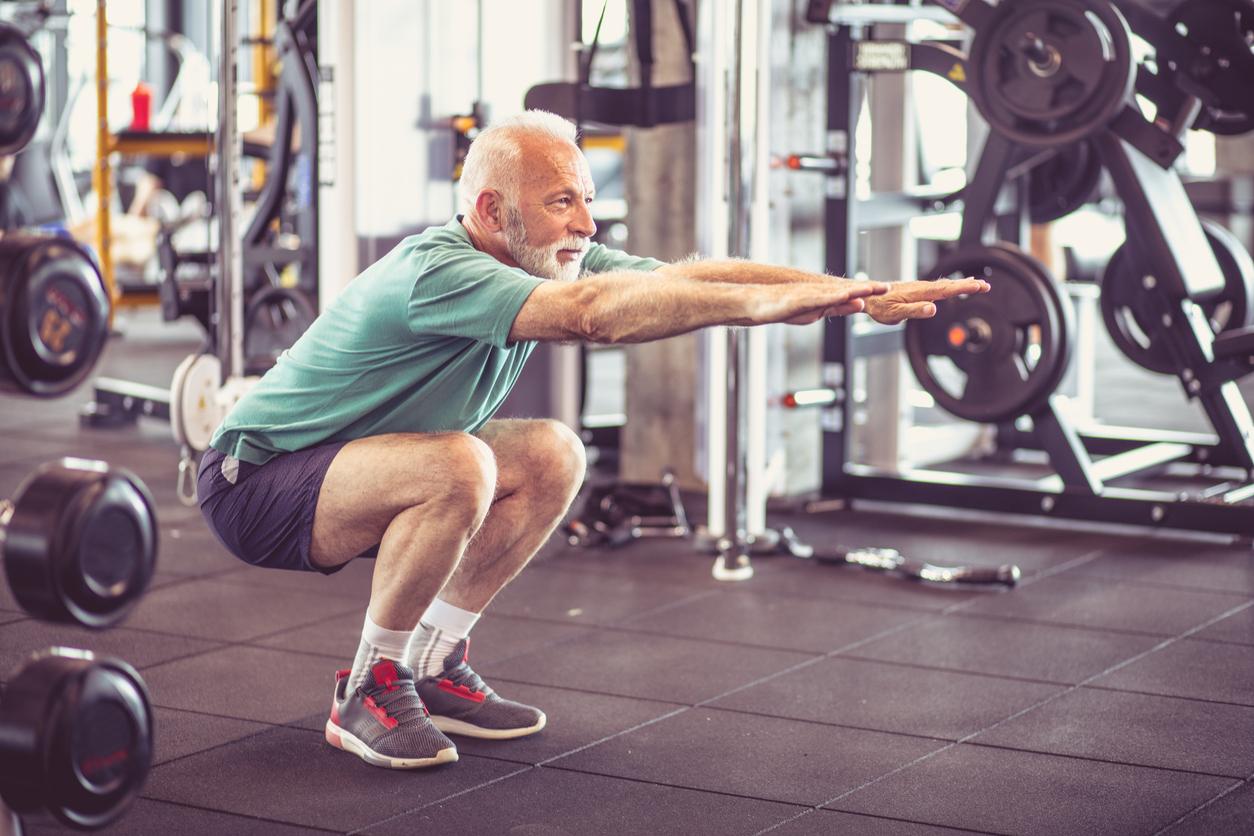According to a study, people who look younger would be in better health, while those who do more than their real age would have a higher risk of comorbidities.

- According to Health Insurance, in France, it is estimated that 39% of women suffer from osteoporosis around the age of 65.
- Among those aged 80 and over, this proportion rises to 70%.
Some look younger than their age, while others look older. Researchers wanted to check if this had an impact on health. Their work has been published in the journal British Journal of Dermatology.
Looking younger than your age is associated with better health
For this, they studied the data of 2,679 men and women, aged 51 to 87 years with a median age of 65.8 years. To measure their physical age, the scientists photographed them full face and in profile, without any makeup, creams or jewellery. A group of 27 people then had to estimate the year of birth of each of the participants, with the only elements being the photos.
Once done, the researchers categorized the participants according to their perceived age and studied data on their lifestyle – body mass index, tobacco consumption, exposure to ultraviolet (UV) radiation – and their health, including kidney, cardiovascular, lung conditions, muscle, bone, eye health problems, hearing loss and cognitive impairment.
Less risk of diseases like osteoporosis or COPD
Thus, scientists observed that people who looked younger than their age had fewer health problems. Those five years younger were on average less likely to suffer from osteoporosis (diffuse disease of the skeleton characterized by a decrease in bone density), chronic obstructive pulmonary disease (COPD), a chronic lung disease, disorders of the hearing, cataract – an eye disease – and also had better results on cognitive tests. On the other hand, there was no link with osteoarthritis or age-related macular degeneration (or AMD), a disease that affects the retina.
“If you look younger than you are, the health of your organ systems, body, and mind will likely reflect this, explains Professor Tamar Nijsten, one of the authors, in a communicated. Although this study did not look specifically at why this is so, it is likely that factors that cause changes in facial tissue structures that make us look older, such as reduced subcutaneous fat and the development of wrinkles, also have an impact on tissues in other areas of the body. (…) The study clearly demonstrates that something is going on, probably at the biological level and beyond the usual lifestyles such as UV exposure or smoking”.
A diagnostic clue?
The researchers therefore believe that this concept of perceived age could be used as a diagnostic index. However, further research is needed to refine this criterion. Indeed, the limitation of this study is that the participants are mainly people from northwestern Europe. Future research should therefore be carried out on other groups of adults, with different ethnic backgrounds.


















